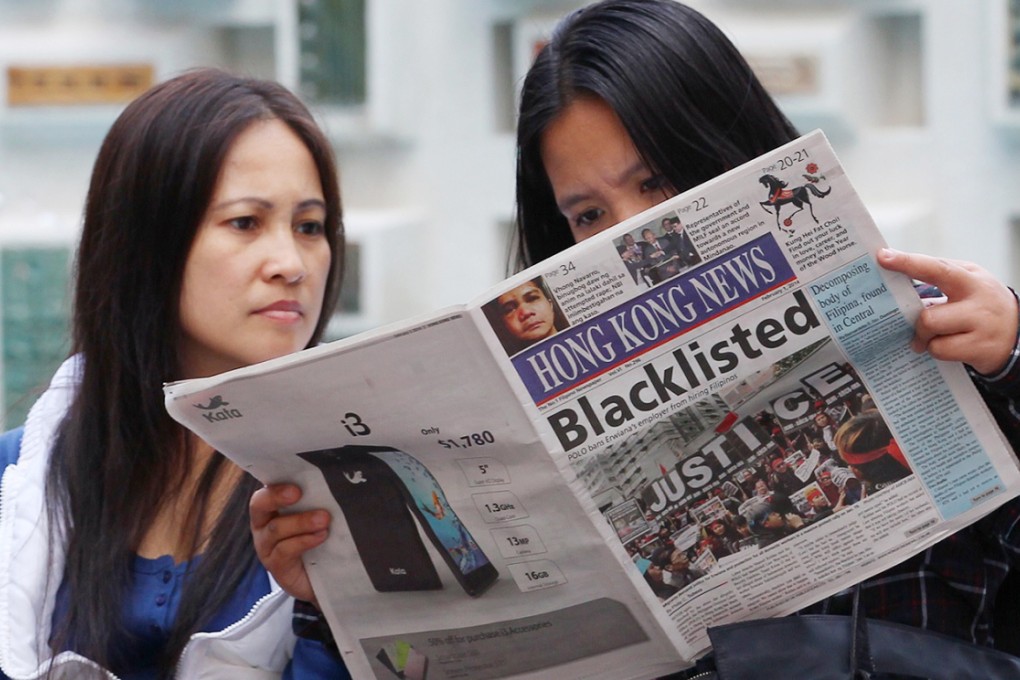Racial stereotyping in Hong Kong's textbooks undermines harmony
Racial and gender stereotyping gets in the way of fostering multicultural spirit in students

Former teacher Tom Grundy was caught in a maelstrom of recriminations after putting up a post on his Hong Wrong blog about racial stereotyping in a primary school workbook.
The post, which appeared a few months ago, attracted more than 250,000 page views in a week, and forced him to upgrade his server several times to cope with the online traffic. He also had to close the comments section after being flooded with responses, some racist.
Grundy's post referred to a "Racial Harmony" exercise, showing people of different nationalities in Hong Kong and their jobs: the white British man was an English teacher and the Filipino woman was a domestic helper.

Educational Publishing House in Singapore, which produced the general studies workbook for Hong Kong primary schools, was trying to instil multiculturalism; the problem was with its approach, says Grundy, who is also a co-founder of the advocacy group, HK Helpers Campaign.
Executives at Educational Publishing House replied to Grundy about his concerns over stereotyping in the workbook, saying the examples "are meant for the students to be thankful of people in various working positions".
These included the estimated 180,000 Filipinos living and working in Hong Kong, most of whom were domestic helpers who "make an indispensable contribution to society", they wrote.